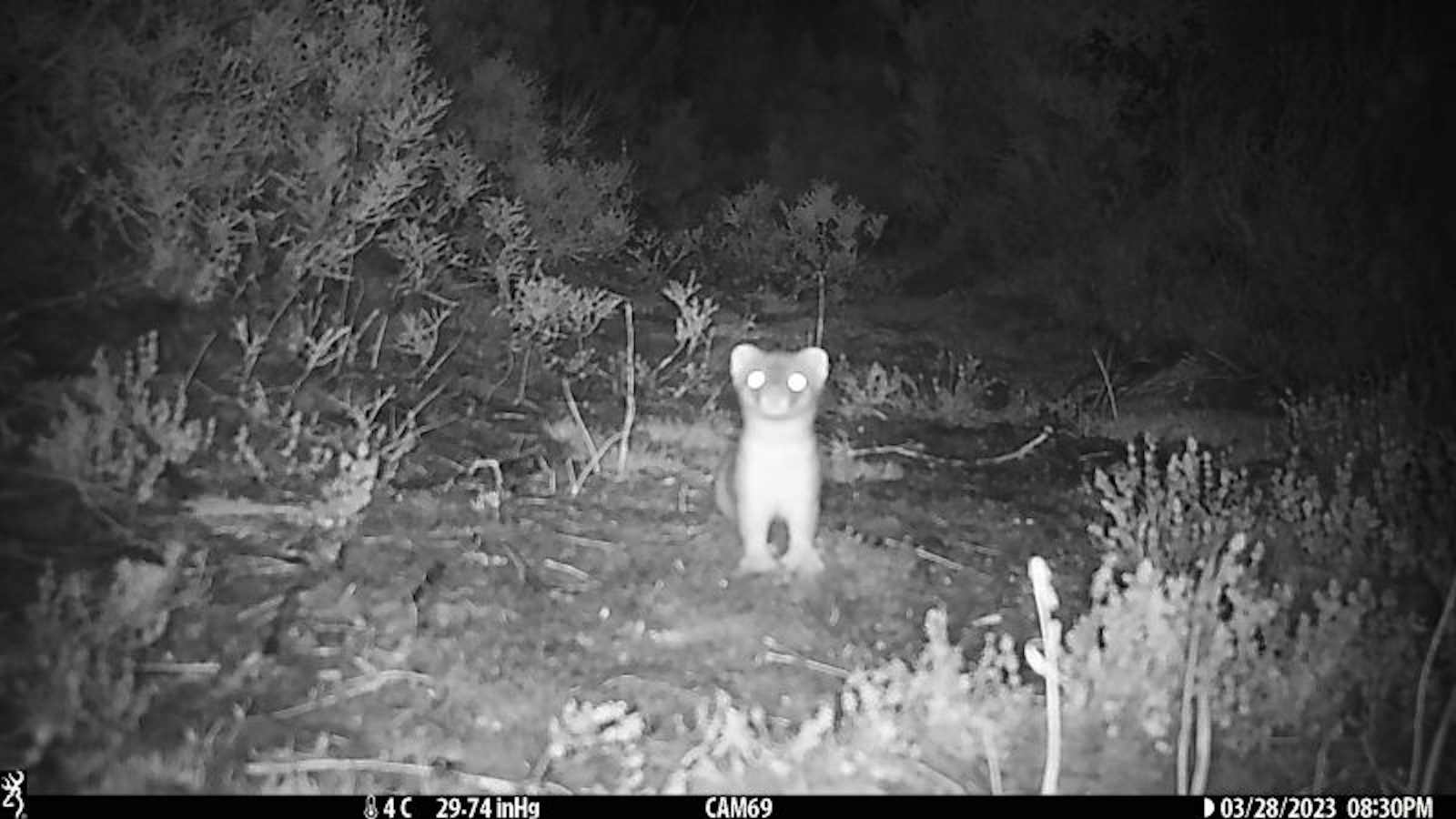New Zealand’s cost of protecting endangered species: Almost half a million dollars to capture a single stoat
In a remote corner of southwestern New Zealand, Chalky Island has been a predator-free sanctuary for threatened species for 25 years. Home to the world‘s only flightless parrot and a lizard found nowhere else on the planet, the island recently faced a threat that required a hefty price tag to address.
In August 2022, conservation workers on Chalky Island identified a single male stoat, a weasel-like mammal native to Eurasia and North America known for preying on various animals and birds. Recognizing the danger it posed to the delicate ecosystem, the country’s Department of Conservation (DOC) launched a large biosecurity operation involving traps, dogs, helicopters, and boats, lasting eight months until the stoat was finally trapped and killed.
The cost of this mission, revealed in an annual review by the New Zealand Parliament’s environment select committee, was almost half a million New Zealand dollars (about $300,000). While some on social media questioned the high price tag, officials defended the cost, emphasizing the potential devastating impact on the vulnerable species if the stoat was not captured.
Introduced predators like stoats have had a devastating impact on New Zealand’s unique birdlife, implicated in the extinction of several subspecies. To protect its native wildlife, New Zealand has invested over $300 million since 2016 in its goal of becoming a predator-free country by 2050.
The recent stoat incursion on Chalky Island underscores the importance of this mission, as the country seeks to eliminate the threat of invasive predators and allow its wildlife to thrive alongside humans. The successful eradication of the stoat serves as a reminder of the ongoing efforts to protect New Zealand’s unique treasures and ensure their survival for future generations.
